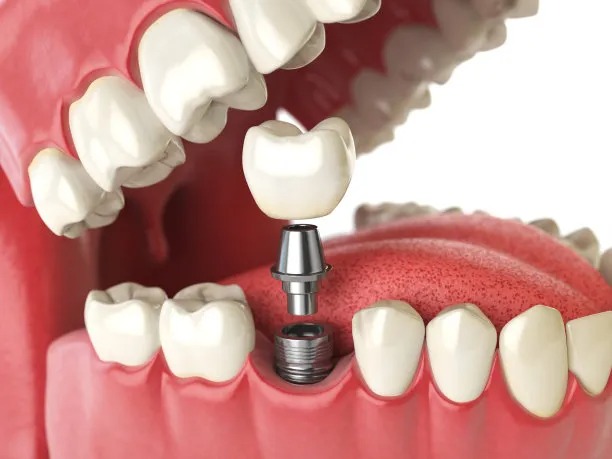The Essential Guide to Extracting a Tooth Understanding the Process Benefits and Aftercare for Optimal Recovery
Summary: Tooth extraction is a common dental procedure that, while often necessary, can induce anxiety in patients. This article provides a comprehensive overview of the tooth extraction process, detailing the reasons behind the procedure, the benefits it may bring, and essential aftercare tips for optimal recovery. Understanding these aspects can alleviate concerns and help patients navigate their dental health with confidence. In addition, the article emphasizes the importance of professional dental advice and follow-up care to ensure smooth healing. A thorough grasp of what to expect and how to care for oneself post-extraction is crucial for achieving the best outcomes.
1. Understanding the Tooth Extraction Process

Tooth extraction involves the removal of a tooth from its socket in the jawbone. This procedure is typically performed when a tooth is severely damaged, decayed, or impacted. Understanding the steps involved can help patients feel more at ease. Initially, the dentist will conduct an examination, often including X-rays, to evaluate the tooths condition and its roots.
Once the need for extraction is established, the dentist will discuss anesthesia options. Local anesthesia is common for simple extractions, while general anesthesia may be necessary for more complex cases, such as impacted wisdom teeth. The administration of anesthesia is aimed at ensuring the patient remains comfortable and pain-free throughout the procedure.
During the extraction, the dentist will use specialized instruments to loosen the tooth from the surrounding gum and bone tissues before removing it. Post-extraction, the area may bleed, and the dentist usually provides gauze to control this and instructs the patient on how to manage discomfort.
2. Benefits of Tooth Extraction
While it may seem daunting, tooth extraction can lead to multiple health benefits. One primary reason for extraction is to alleviate pain caused by tooth decay or infection. Removing the problematic tooth can help prevent the infection from spreading and alleviate the discomfort the patient has been experiencing.
Moreover, extracting teeth may be essential for orthodontic treatment. In some cases, overcrowded teeth need to be removed to pave the way for straighter alignment. This proactive step can ultimately enhance a persons smile and overall dental health in the long run.
Additionally, tooth extraction is pivotal when preparing for dentures or implants. In cases where teeth have deteriorated, removing them can enhance the fit and comfort of dentures or lay a sound foundation for dental implants. This translates to better functionality and aesthetics for the patient.
3. Essential Aftercare for Optimal Recovery
Proper aftercare following a tooth extraction is critical to ensure quick recovery and minimize complications. Immediately after the procedure, patients should bite down on gauze pads placed by the dentist to control bleeding. It’s important to keep the gauze in place for a few hours, changing it as instructed.
Post-extraction, swelling is common but can be managed effectively with ice packs applied to the outside of the face. Patients are also advised to avoid strenuous activities for a few days, as this can exacerbate bleeding and delay healing.
Following the initial period of healing, a soft diet is recommended. Foods such as yogurt, applesauce, and smoothies are gentle on the extraction site and help avoid any further irritation. As healing progresses, solid foods can be reintroduced gradually, adhering to any additional guidance provided by the dentist.
4. Importance of Follow-Up Appointments
After a tooth extraction, it is essential for patients to attend follow-up appointments as scheduled by their dentist. These visits allow the dental professional to monitor healing and address any complications that may arise. Pain, swelling, or prolonged bleeding may warrant immediate professional attention and should not be overlooked.
During follow-up visits, the dentist may also provide guidance on oral hygiene to prevent infection in the extraction site. It is important not to use straws or spit forcefully, as these actions can dislodge the blood clot essential for proper healing.
Additionally, these appointments serve as an opportunity for dental professionals to discuss any further dental care needs, such as considerations for future restoration options like implants or bridges, ensuring a comprehensive approach to the patient’s dental health.
Summary:
Tooth extraction is an important procedure that, though intimidating, can lead to significant health benefits and improved quality of life. Understanding the extraction process, recognizing its benefits, and adhering to proper aftercare contribute significantly to a successful recovery. Patients are encouraged to take an active role in their dental health and follow their dentists advice diligently for the best outcomes.
This article is compiled by Vickong Dental and the content is for reference only.


